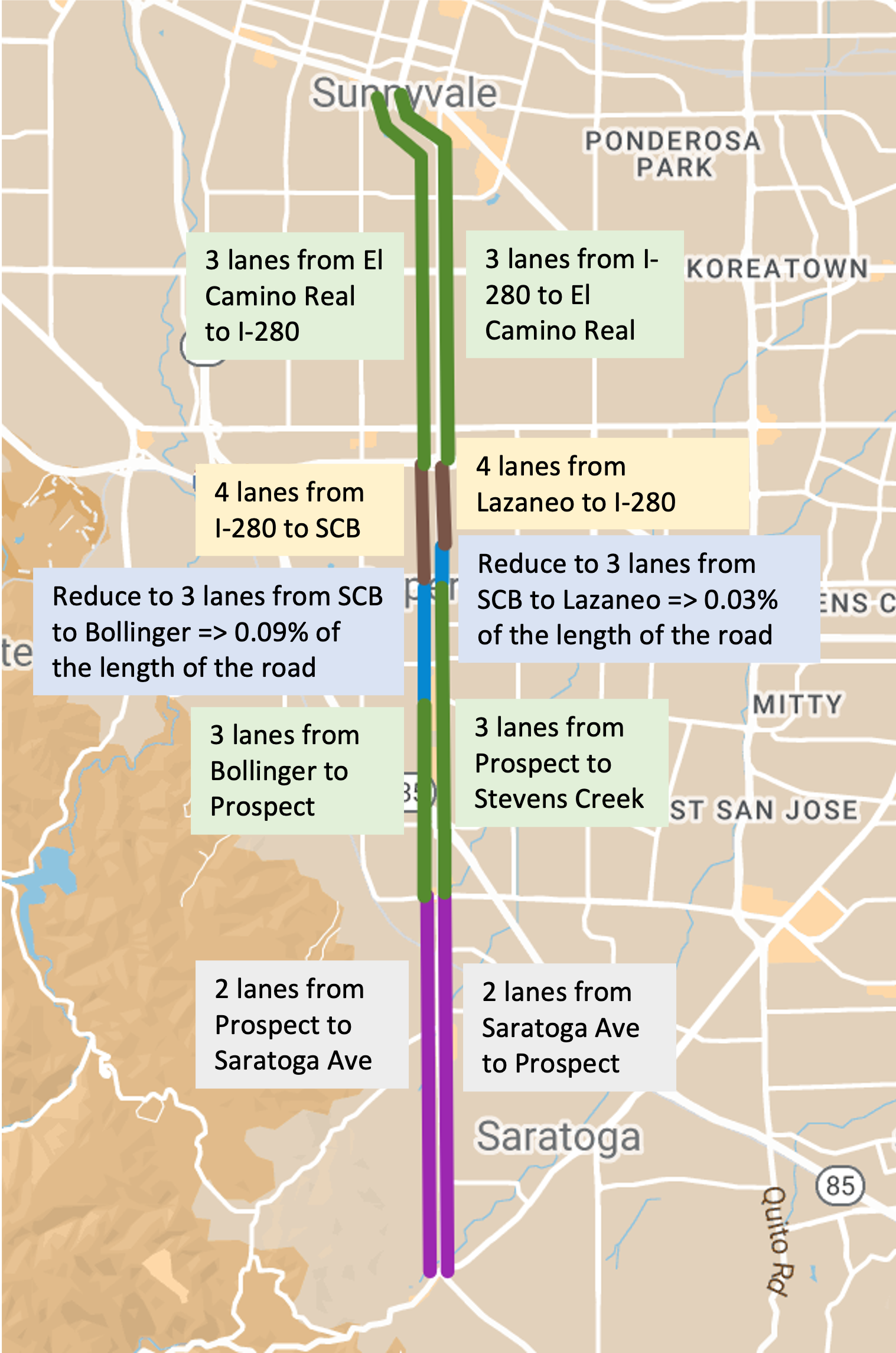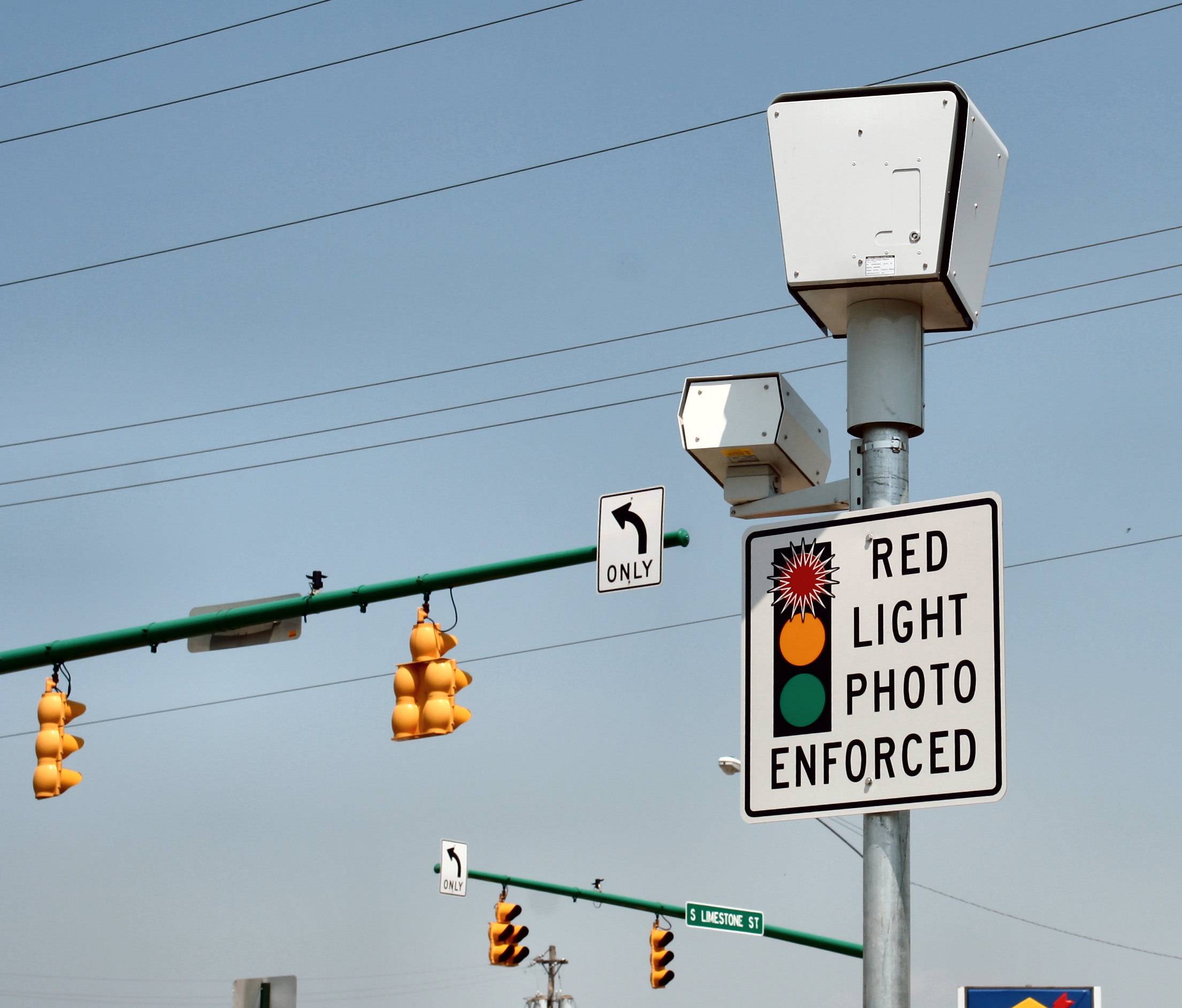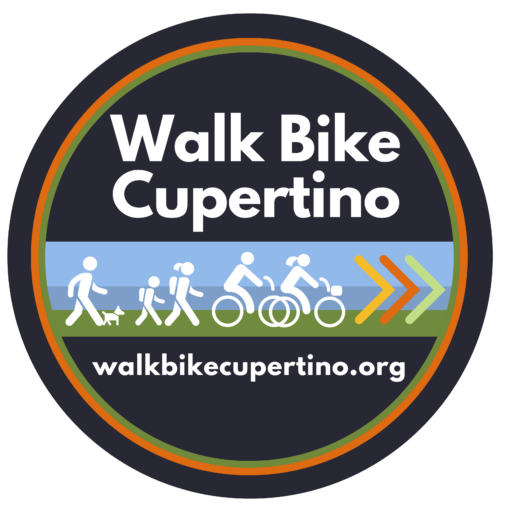The City of Cupertino is currently working on developing our next Active Transportation Plan (ATP) which will guide the city’s pedestrian and cycling projects, policy, and investments for the next ten years. This is a big deal.
After many months of community meetings, traffic analyses, and review of existing city and regional transportation plans, the city has identified a list of potential pedestrian and bicycle projects – and proposed a set of criteria for ranking them in order of priority.
These proposed criteria were reviewed by the Bike Ped Commission (BPC), the Planning Commission (PC), and the City Council. All three discussions were deep dives into the details of the criteria, but taken together, they reveal a surprising amount of common ground. Here’s where the commissions and the Council were in agreement.
Focus on Safety for Students and Seniors
All three groups emphasized prioritizing projects that protect vulnerable users — children walking or biking to school, seniors, people with disabilities, and cyclists on high-injury corridors.
All three groups expressed that projects in proximity to schools should get a higher score, with the PC adding that projects near senior living facilities and senior activity centers should also get higher scores.
“Fairness” and “Public Input” Should Not be Scoring Criteria
In a rare moment of bipartisan agreement, all three groups expressed that public input based scoring should not be used as it would be subjective, based on emotions rather than data, and likely to increase divisiveness in the community. The BPC urged caution with using these as criteria, while the PC and the City Council outright rejected these criteria and said they should be removed from the scoring.


Don’t Automatically Penalize a Project for Removing a Parking Space or Car Lane
The BPC and the PC agreed that removing a parking space or narrowing a lane should not automatically hurt a project’s ranking. The BPC recommended to avoid penalizing projects that involve parking or lane removal, as those decisions should be left to the City Council.
The PC recommended that the score should reflect the actual level of impact of the infrastructure change. So for example if the project calls for removing parking spaces, the score would differ based on whether the parking spaces were not used often and therefore removing them would have little impact versus parking spaces that were used often and whose removal would have significant impact.
Look at Non-Infrastructure Solutions
The BPC recommended looking at all tools that can slow down cars on neighborhood streets, while the PC and the City Council recommended evaluating the use of red-light cameras, speed cameras, or other technologies to improve safety at intersections. The PC also recommended looking at bicycling training classes for both adult and child riders.


Collect City-Wide Data
The PC recommended getting a baseline count of cyclists on major routes so as to be able to measure pre/post impact of projects. The City Council asked for a wider set of data beyond active transportation, including:
- Long trip automotive travel data
- SV Hopper ridership data
- Apple’s TDM (Transportation Demand Management) data
Each group also raised specific points that were not mentioned by the other two groups:
- The BPC recommended that city staff consider road maintenance as a factor as poorly maintained roads can undermine the effectiveness of new infrastructure
- The BPC requested that staff identify a few key focus areas—like school access or pedestrian safety—for the next 5–10 years, supported by clear implementation plans and measurable outcomes.
- The PC put a heavier emphasis on the importance of connectivity between neighborhoods, something that the majority of residents rate as highly desired in city surveys.
- The City Council asked to add cost-efficiency as a criteria so that high-impact low-cost projects would get priority, with expected grant funding factored in.
- The City Council asked for the score to reflect if a project will significantly increase traffic congestion on the major city thoroughfares.
What Happens Next
The city staff will develop the next iteration of the ranking criteria based on the feedback received and a plan to collect the city-wide data that the City Council requested. For a city that often struggles to find alignment, this process revealed a surprising degree of agreement on a data-driven, safety-first approach that prioritizes students and seniors and encourages the use of non-infrastructure tools such as technology and training to make our streets safer for all residents.
Watch the Meetings
Here’s where you can watch the discussions of the ATP project ranking criteria.
- The Bike Ped Commission August 20, 2025 meeting
- The Planning Commission September 09, 2025 meeting
- The City Council November 04, 2025 meeting


